Giants of sampling
The legends that changed the course of music through sampling
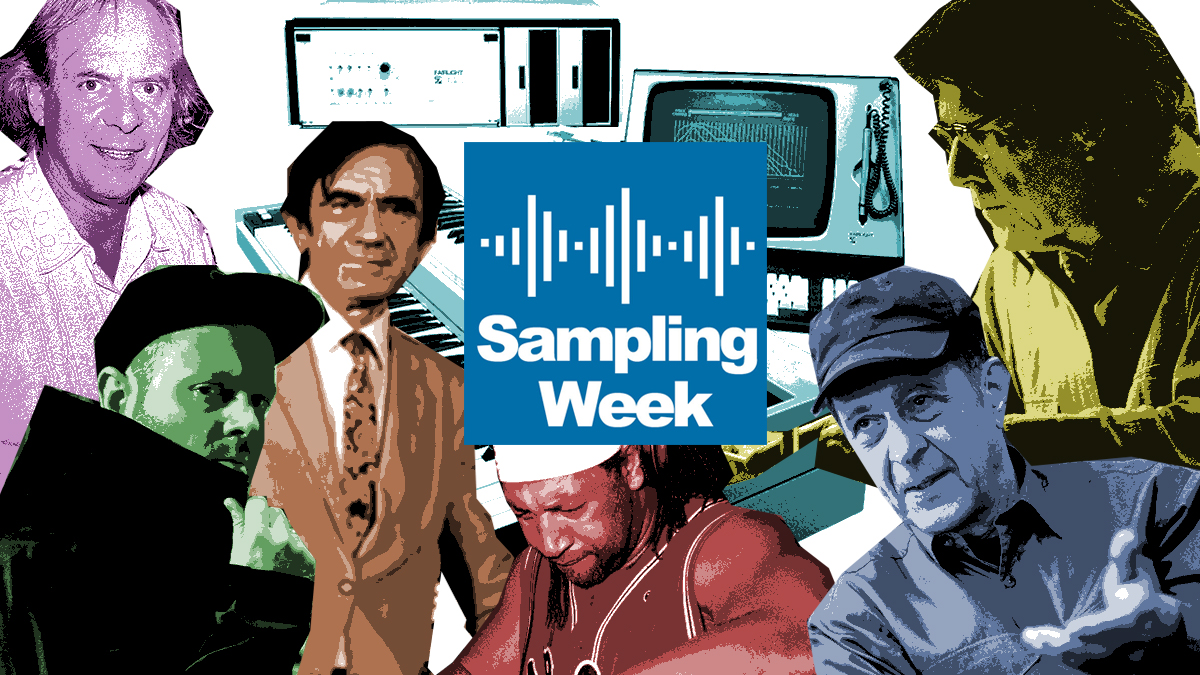
Introduction
Since the 1950s, the technique of sampling has irreversibly altered the course of music, giving rise to hip hop, inspiring every other genre of popular music and forever changing the working practices of music makers.
In simple terms, sampling is the act of taking a portion – or sample – of one sound and reproducing it as an instrument to use in an original piece of work.
But how and when did the technique first begin? And who were the luminaries that invented the practice and propelled it to the forefront of the global music market, often facing the wrath of copyright infringement lawyers?
Without further ado, here is our guide to the giants of music sampling.
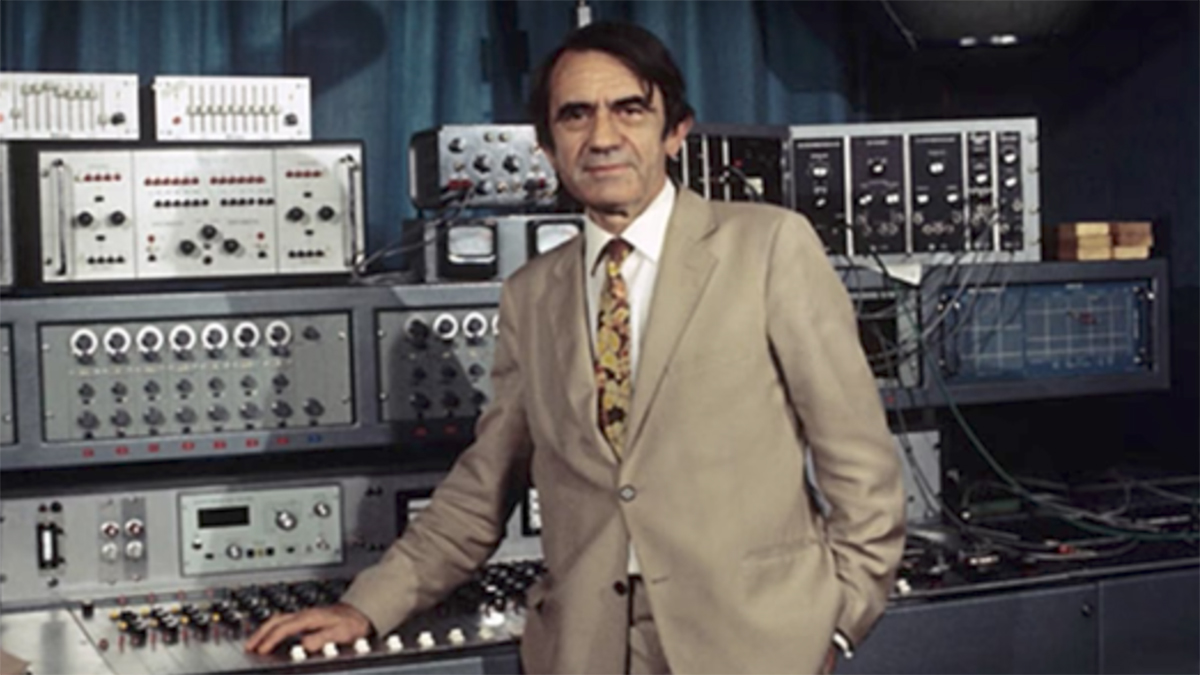
Pierre Schaeffer
Pierre Schaeffer could quite comfortably be classified as the Godfather of sampling. The French–born composer, writer and engineer, known for his pioneering experiments in musique concrète was the first to explore and develop the concept of expanding the musical vocabulary to include non-traditional sounds.
Schaeffer used techniques such as tape looping and splicing to create disturbing sound collage ‘samples’. With the help of pioneering long-term collaborator Pierre Henry, the opera ‘Orfée 53’ is one of the best examples of Schaeffer’s bizarre yet truly revolutionary experiments in magnetic tape manipulation.
Schaeffer taught electronic composition at the Paris Conservatory from 1968 until 1980, among his many students the legendary Jean-Michel Jarre.
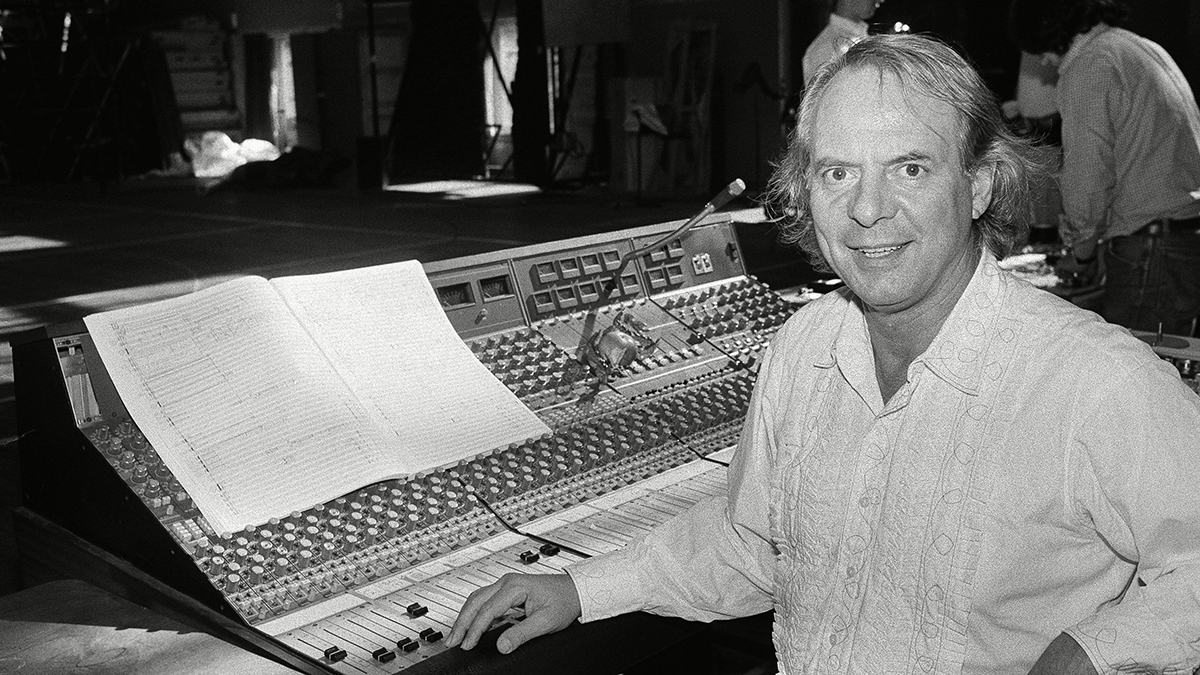
Karlheinz Stockhausen
German composer Karlheinz Stockhausen is widely acknowledged as one of the most important and visionary composers of 20th century music for his groundbreaking experiments in electronic music.
Stockhausen was among the first to employ sampling techniques by mimicking the characteristics of acoustic sound. Experiments with various electromechanical devices were used to create original sounds out of ones that already existed, forging a path for further investigations into sound manipulation, looping and sampling.
Through the advent of micro-composition, Stockhausen would create samples made up of several layers of textures and resample them to be played back polyphonically.
The German’s pioneering album Gesang der Jünglinge is perhaps the most famous example of his experimentation with found sounds and electroacoustic music.
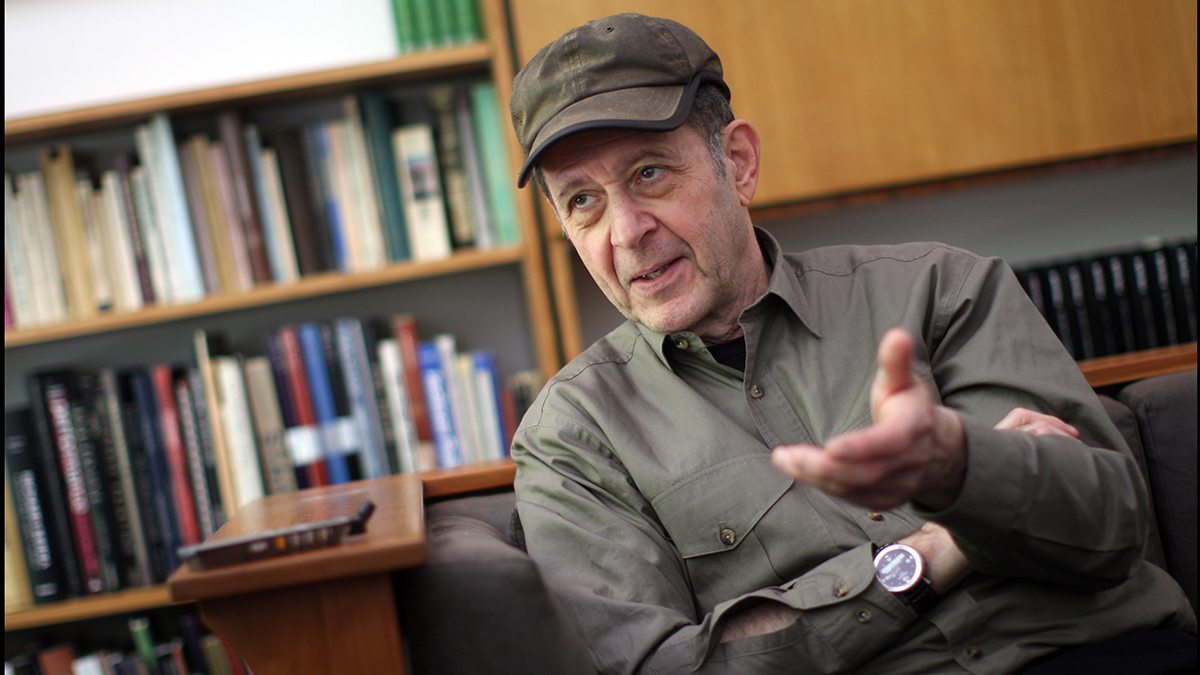
Steve Reich
Known as a pioneer of minimal music, Steve Reich was an innovator in exploring music concepts via tape looping, phasing patterns and sampling.
Influenced by fellow minimalists including Terry Reilly, Reich conceived his first major work in 1965, It’s Gonna Rain, a minimalist composition for magnetic tape. The piece itself sourced fragments of speech from a Pentecostal preacher’s sermon and created multiple tape loops shifting gradually out of phase.
A year-later, the 13-minute Come Out used similar techniques. It was works such as these that led Rolling Stone magazine to classify Reich as ‘The Father of Sampling’. His work was hugely influential to Brian Eno, who converted Reich’s minimalism and created the ambient genre.

John Cage
Cited as one of the most influential composers of the 20th century, American John Cage pioneered the non-standard use of musical instruments, introducing the notion of randomness into musical composition.
He was also one of the first composers to use samples in his work, using collages of taped sounds decades before sample-based music became popularised.
Anticipating the concept of sampling, two of his most famous works in this field include the Imaginary Landscapes series and Credo in US (1942), the latter based on sound samples from recordings of other works, including fragments of radio broadcasts and phonographic recordings.
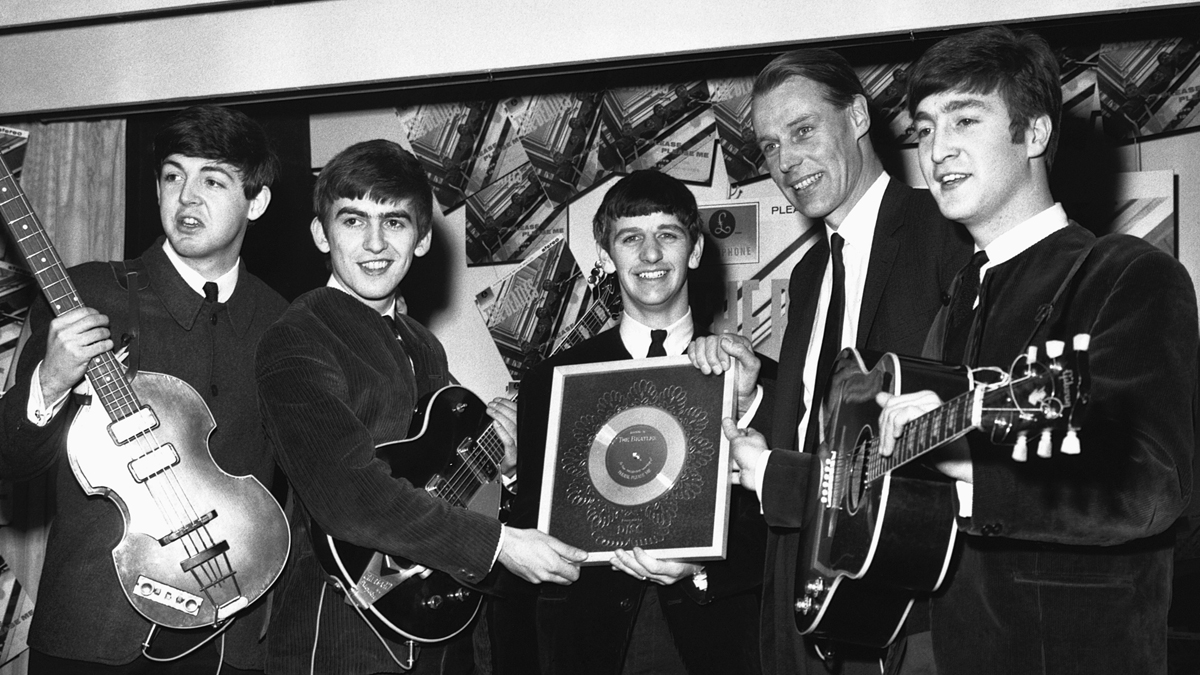
The Beatles
The Beatles’ influence goes beyond them being merely one of the biggest rock bands in the history of music.
During the ‘60s, the Fab Four, with the help of George Martin and Geoff Emerick, adopted recording technology techniques that were well ahead of their time, including sampling and ADT (Artificial Double Tracking).
The band first used samples in 1966 on their number one hit single Yellow Submarine, which used a cut-up of a Sousa march that was transferred to tape, chopped into segments, rearranged and added to the track.
More obvious samples were used on I Am the Walrus, which mixed samples of a BBC broadcast of King Lear. The band also sampled Chuck Berry lyrics and the bassline from I’m Talking About You for the 1963 song I Saw Her Standing There.
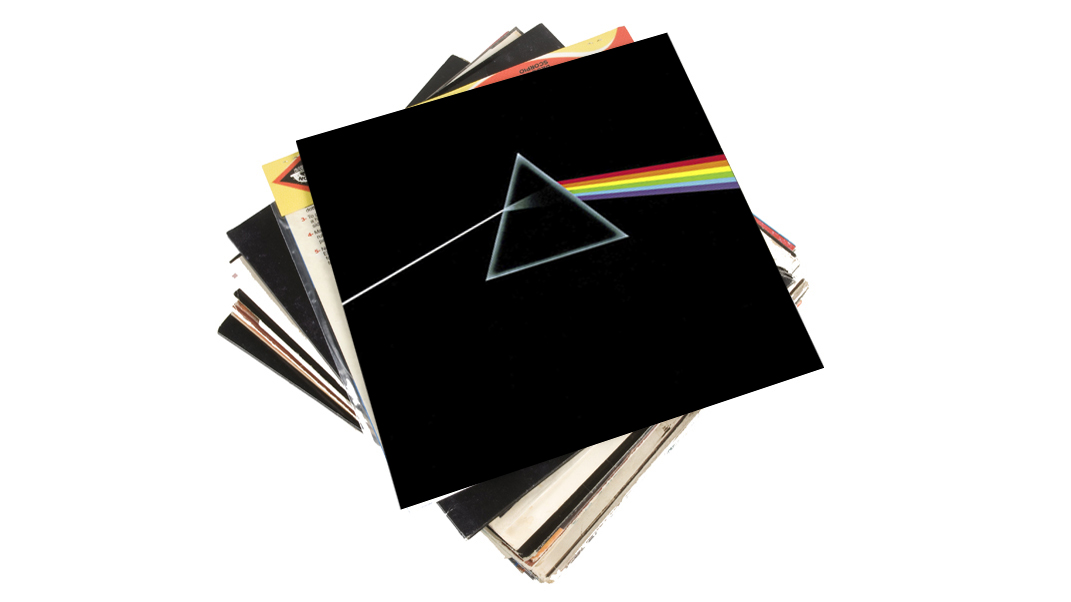
Pink Floyd
Lifted from their classic album, The Dark Side of the Moon, one of the most famous samples in popular music originated from the track Money by progressive rock legends Pink Floyd.
The band was using a brand new 16-track recorder that enabled them to layer sounds more easily, but there was no ‘cut and paste’ in 1973 - the only way to sample was by splicing tape with a razor blade.
It was Roger Waters who created the iconic cash register tape loop that plays throughout the song, which also includes sounds of tearing paper and coins being thrown into an industrial food-mixing bowl.
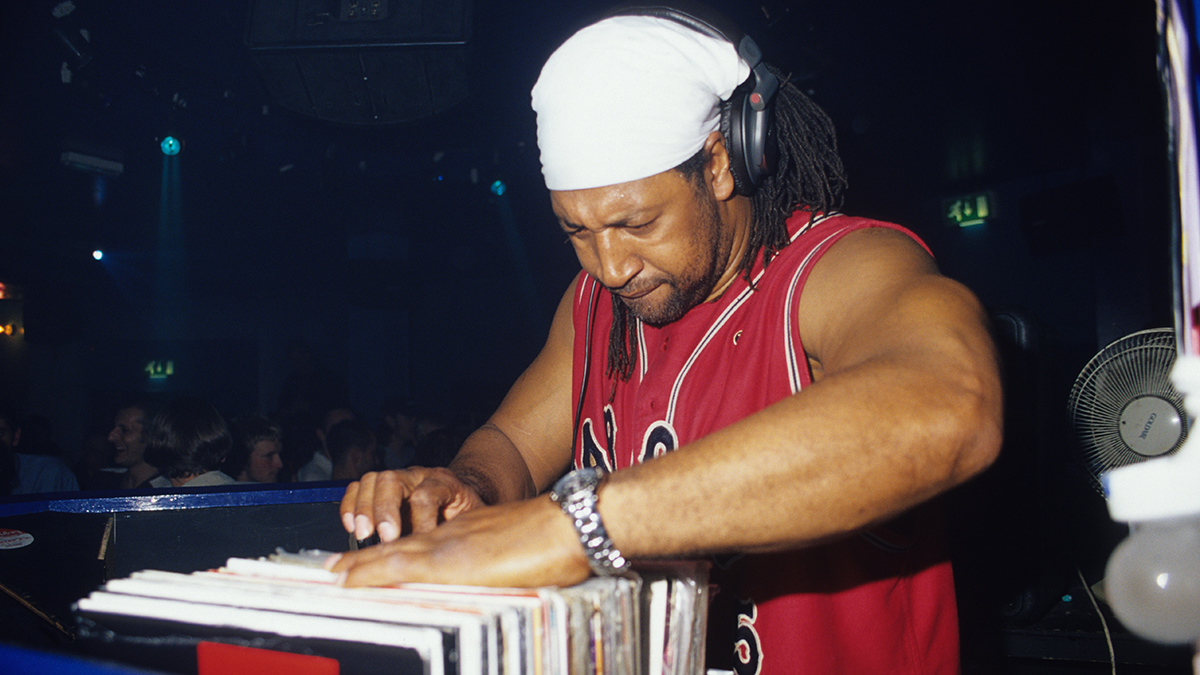
DJ Kool Herc
Although sampling originated years before the invention of hip hop, the genre took it to new heights by founding it on the advent of the ‘break’, which isolated the instrumental portion of a record thus emphasising its beat.
The invention of the breakbeat is accredited to the Jamaican American DJ Clive Campbell, aka DJ Kool Herc, who created the sound in his DJ set by spinning the percussion breakdown from two copies of the same record successively, elongating the break to create a beat at a consistent pace that could be danced to.
Herc’s pioneering technique was labelled the "merry-go-round" approach and subsequently gave birth to beat-making and sampling within loop-based dance music.
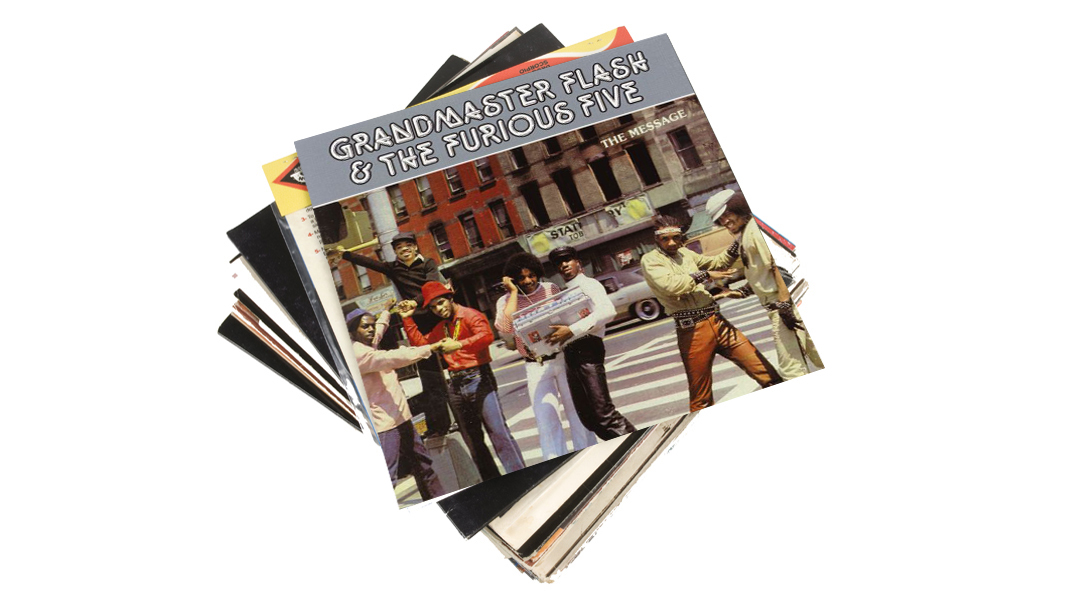
Grandmaster Flash
Kool DJ Herc’s breakbeat strategy was perfected by numerous hip hop artists, notably Grandmaster Flash (born Joseph Saddler). Frustrated by the technological limitations of the era, Flash resolved to improve Herc’s DJing techniques and commit them to vinyl.
Indeed, sampling did not take off until the early ‘80s when Flash started making rap albums using sampled breaks. In 1981, he released The Adventures of Grandmaster Flash on the Wheels of Steel, the first record to feature little more than two turntables and a mixer as instruments, stitching together segments from 10 different songs to create one piece of music.
Highly influential to DJs of the era, Flash certainly played a profound role in establishing the concept of sampling and turntablism.
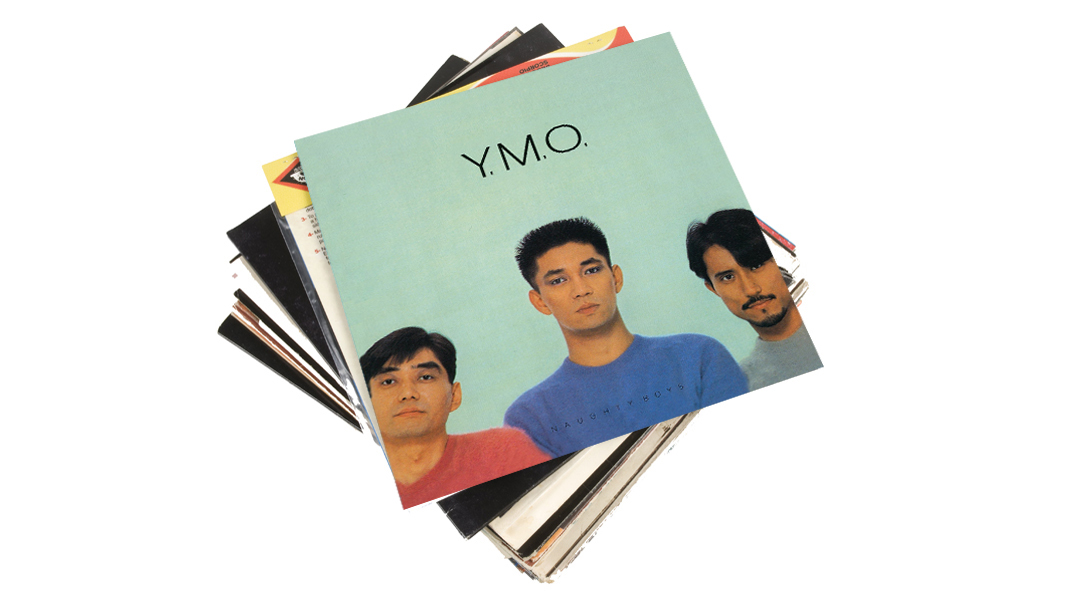
Yellow Magic Orchestra
In 1981, Japanese electronic trio Yellow Magic Orchestra released Technodelic, their fifth studio album notable for its heavy use of digital samples long before their common usage in the mid-‘80s.
Most of the sampling was created using Toshiba-EMI's LMD-649 digital PCM sampler - the first pulse code modulation sampler, custom-built for YMO by engineer Kenji Murata.
The group had already pioneered the synthpop movement with their self-titled debut album in 1978, which was notable for sampling video game sounds on the track Computer Game, which subsequently sold over 400,000 copies in the US alone and was later sampled by Afrika Bambaataa and early House pioneers such as Carl Craig and Mantronix.
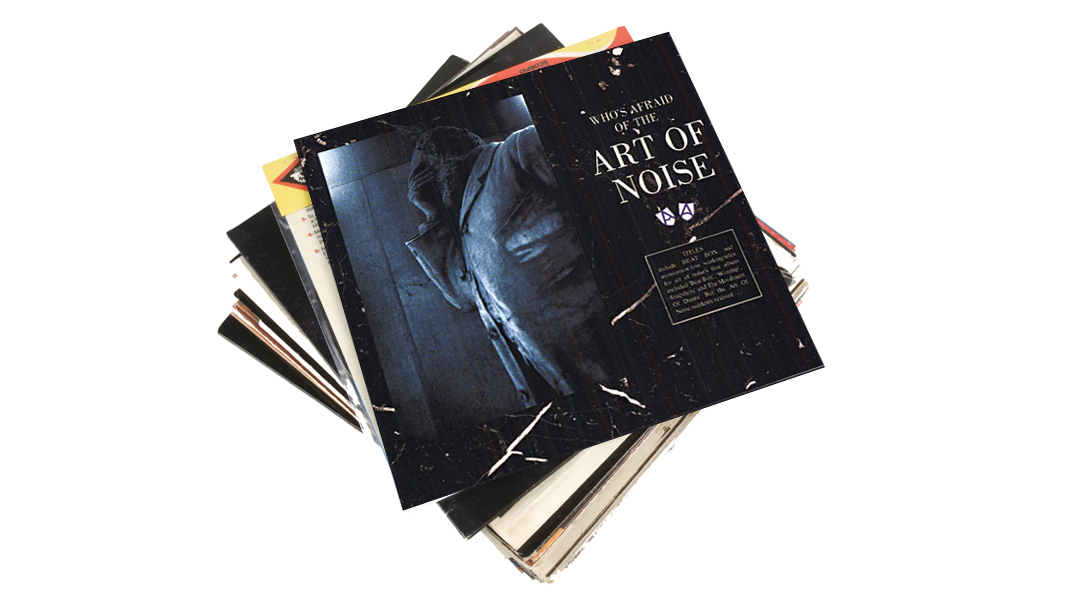
Art of Noise
Hailing from London, England, Art of Noise were one of the first electronic pop groups to attempt to incorporate computers into modern music.
The image-less group, formed by producer Trevor Horn, broke new ground in an era when sampling was not being used much within electronic music, let alone to create abstract pop songs.
Their clever use of disembodied vocal samples and found sounds featured heavily on mid-‘80s singles such as Moments in Love and Close (To the Edit), which arguably featured the first ever sampled and sequenced bass line.
Many of the group’s sound collages derived from the use of new technology, such as the Fairlight CMI digital sampling synthesizer.
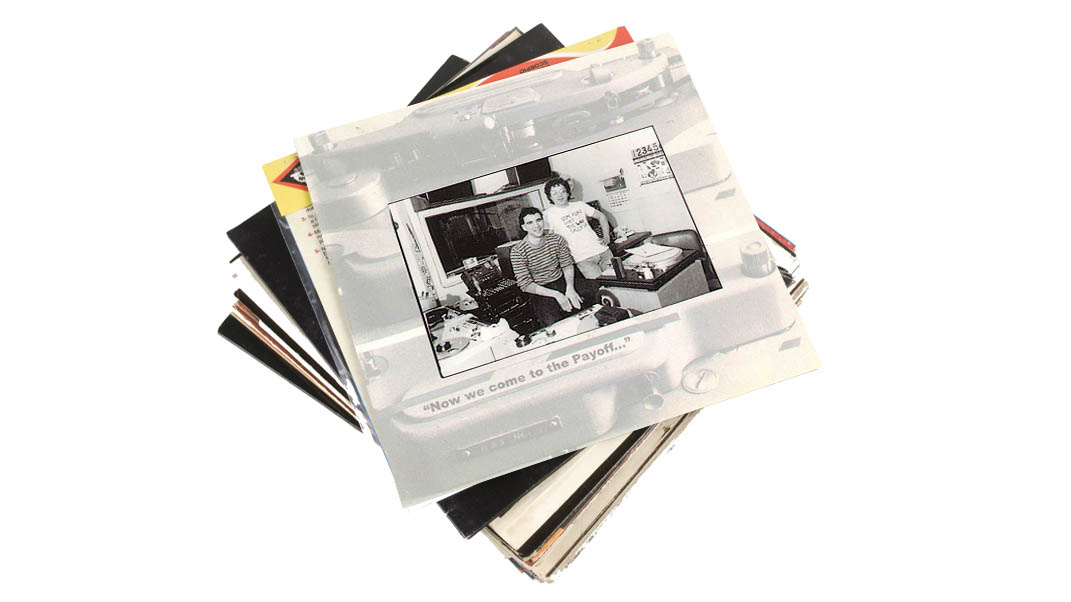
Steinski
Steve Stein (Steinski) took sampling to another level while taking on the issue of sample rights and sonic appropriation.
His first release was 1983’s sample-fest Lesson 1 (The Payoff Mix). Featuring a stream of wildly imaginative sample-based soundbites from underground hip-hop tunes and other more exotic locations, the recording would set a benchmark and influence a generation of producers.
Put together for a remix contest, the track itself was recorded with Double Dee (Douglas DiFranco) using an 8-track recorder and tape deck. The release was followed by several other ‘Lesson’ mixes, incorporating snippets from TV, film, radio ads and a cross-mix of musical genres and styles, sometimes based on up to 60 samples.
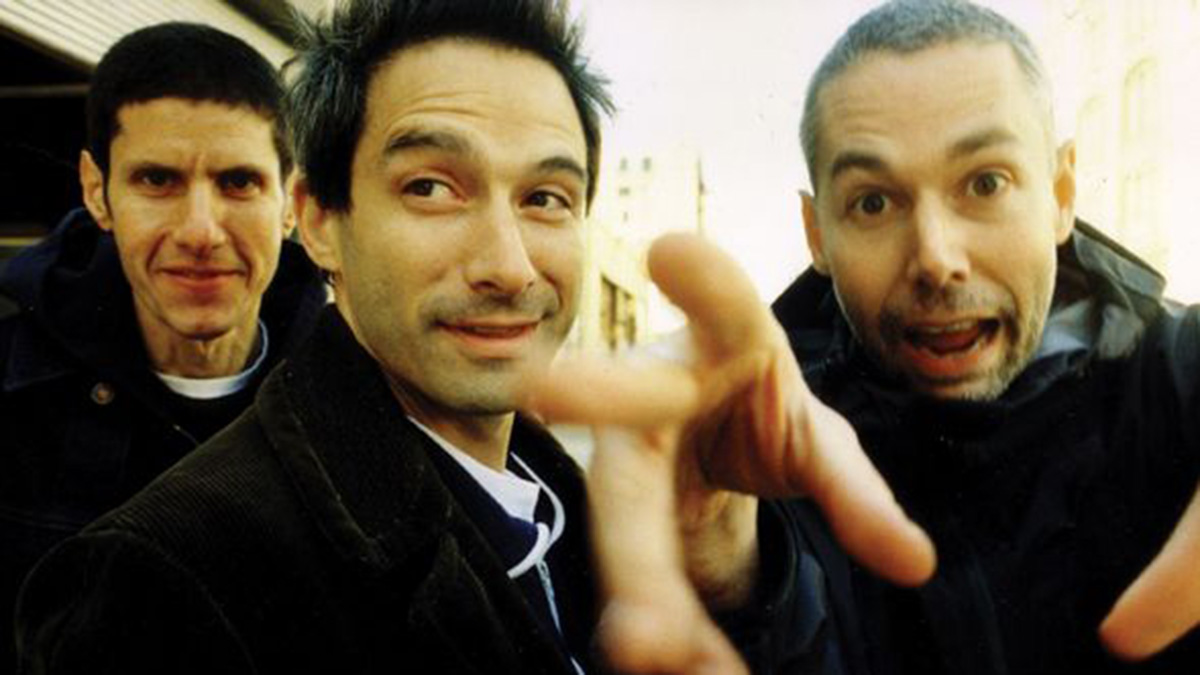
The Beastie Boys
American hip hop trio The Beastie Boys epitomised ‘80s sampling culture. Their debut studio album Licensed to Ill (1986) – the first rap album to reach No. 1 in the Billboard chart - was lauded for its ingenious use of sampling, which transcended genres by matching rap with classic rock samples from the likes of Led Zeppelin, Black Sabbath, AC/DC and The Clash.
Three years later, Beastie Boys’ second album Paul’s Boutique forever altered the sampling/hip-hop landscape. Almost completely composed of samples, it helped to establish multi-layered sampling as art form in itself. However, despite the group spending over £250,000 on sample clearances, the US courts virtually criminalised the album for intellectual property theft.
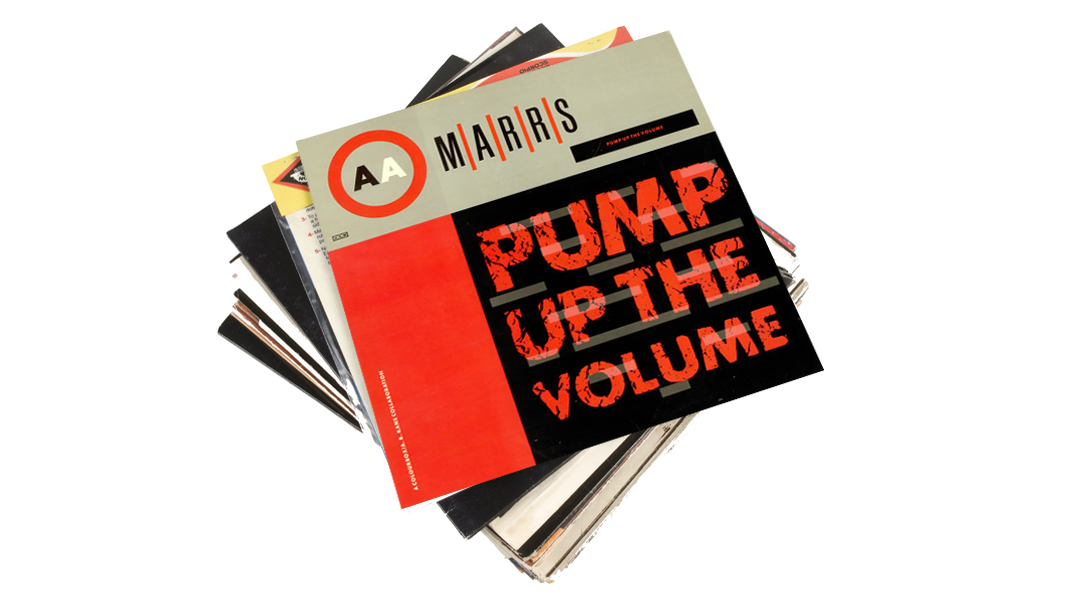
MARRS
A collaboration between A.R. Kane, Colourbox and DJs Chris "C.J." Mackintosh and Dave Dorrell, MARRS’ 1987 release Pump up the Volume is seen as a seminal moment in music sampling and was massively influential to both house music and instrumental hip hop.
The song’s title derived from an Eric B. & Rakim sample, heavily supplemented by scratch mix effects and a deluge of other samples. One of house music’s biggest ever UK hits, it helped to popularise the genre in Europe.
Unfortunately, however, the group’s disparate collection of members did not see eye to eye and Pump up the Volume remains MARRS’ one and only release to date.
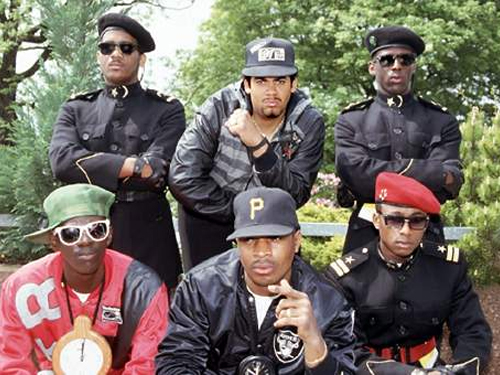
Public Enemy
Few groups were more instrumental in the development of sampling in hip hop than Public Enemy and The Bomb Squad. As Chuck D once said: “Sampling basically comes from the fact that rap music is not music – it’s rap over music”.
This was typified by the band’s second album - It Takes a Nation of Millions to Hold us Back (1988), hailed as a masterpiece for its intelligent juxtaposition of hundreds of musical and spoken samples.
Public Enemy had clearly learned from the mistakes of their contemporaries, as the samples were so short - and modified so heavily, it was virtually impossible to identify the original source.
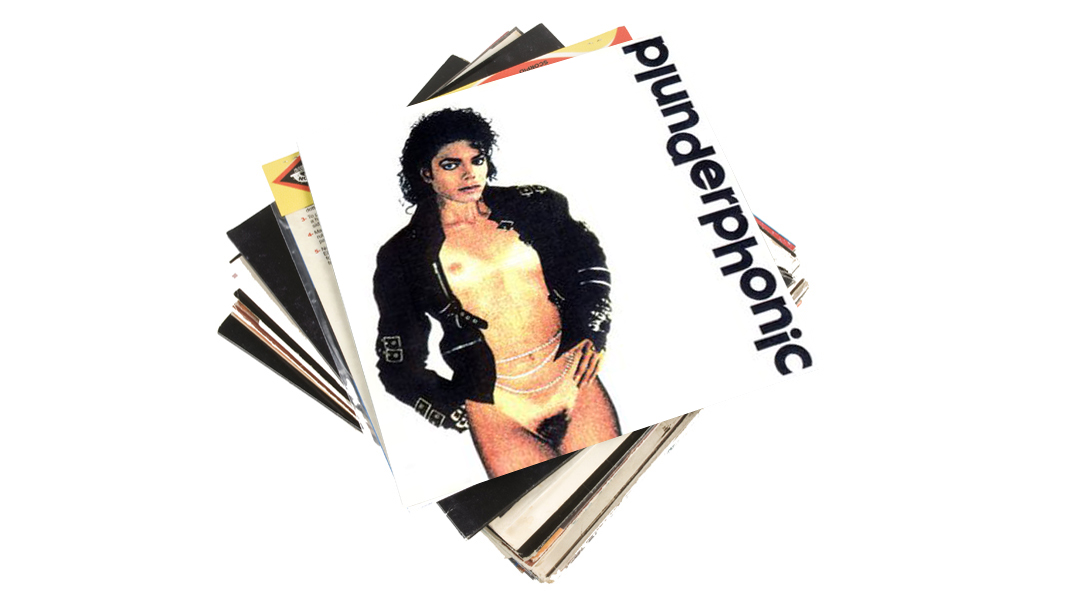
John Oswald
In 1989, Canadian composer John Oswald released a CD titled Plunderphonics. The disc featured material from 24 songs, including Metallica, Stravinsky and Michael Jackson and Oswald mailed a copy to every artist he sampled notifying them of his intention to distribute the music free of charge.
Threatened with legal action, an out-of-court deal was struck within two months on the proviso that Oswald surrendered all remaining copies of his works. Oswald had actually been devising plunderphonic-style compositions since the late ‘60s.
In 1993, his 20-minute composition Plexure attempted to microsample the entire history of CD-based music. However, it was Plunderphonics that got leaked and became an underground classic, later becoming a generic metaphor in its own right.
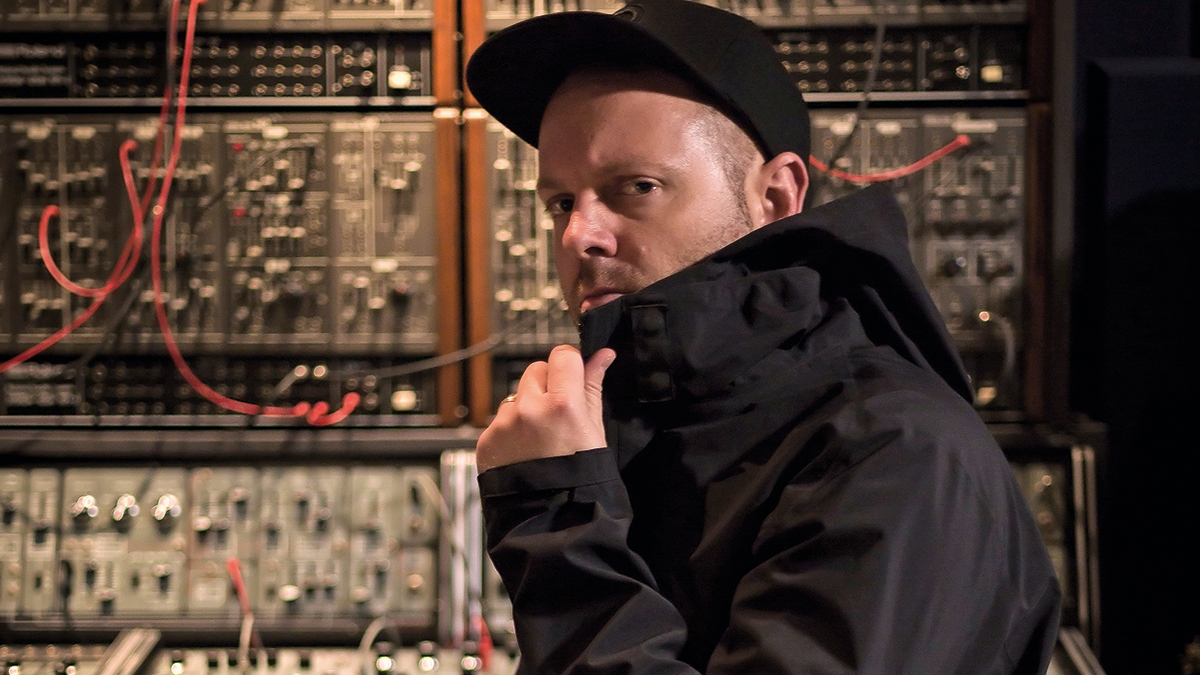
DJ Shadow
Considered groundbreaking at the time of its release, DJ Shadow’s 1996 album Entroducing is cited as the first album to be entirely created from samples from pre-existing recordings.
Hailed as a benchmark for the instrumental hip hop genre, it reinvented the use of samples and changed the genre’s perception among wider audiences - much to the surprise of the artist who composed the entire album using an Akai MPC60 sampler.
Although Shadow never regarded himself as an innovator in the truest sense of the word, Entroducing demonstrated how making music from other music could be classed as a truly liberating and creative phenomenon rather than mere sample-stealing.
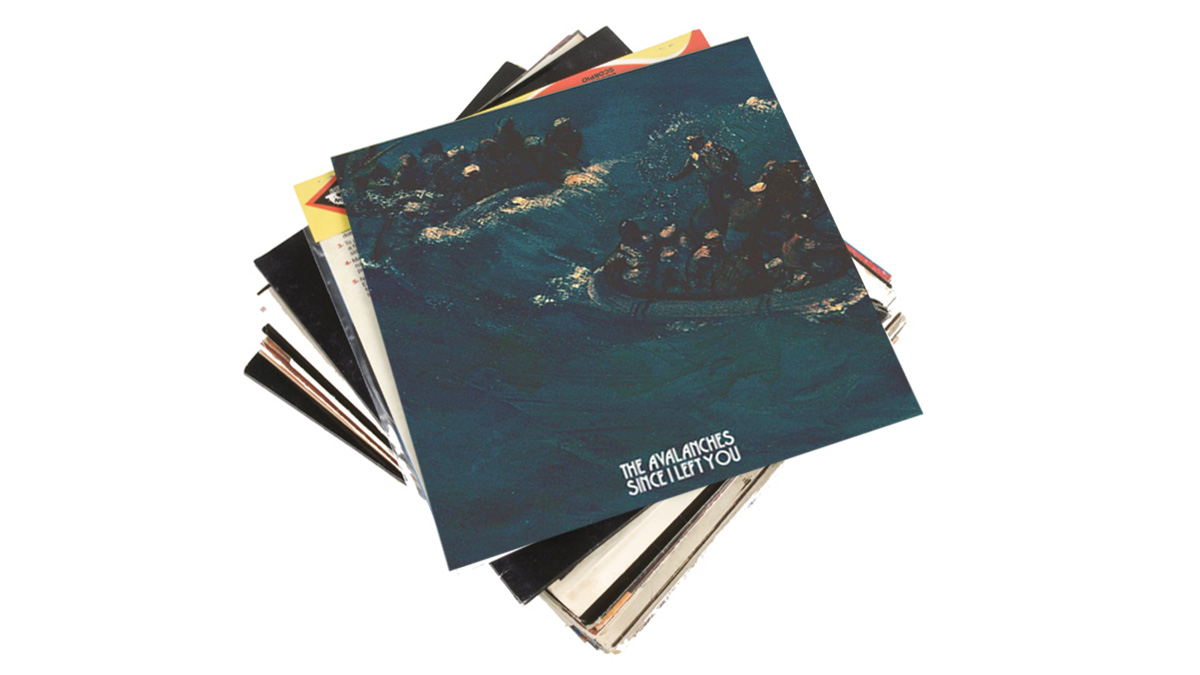
The Avalanches
Continuing in the footsteps of DJ Shadow, Australian band The Avalanches Y2K album Since I Left You is cited as another milestone for sampling and the art of plunderphonics.
The album was created using a Yamaha Promix 01 digital mixer and several Akai S2000 samplers and employed an estimated 3,500 samples taken from a wide range of music genres.
Since I Left You was lauded for its use of a compelling kaleidoscope of samples that brought a rare emotional resonance to the art form. It was delayed upon release due to sample clearance issues - the band had, unsurprisingly, made little effort to keep track of where the 3,500 samples had derived from.
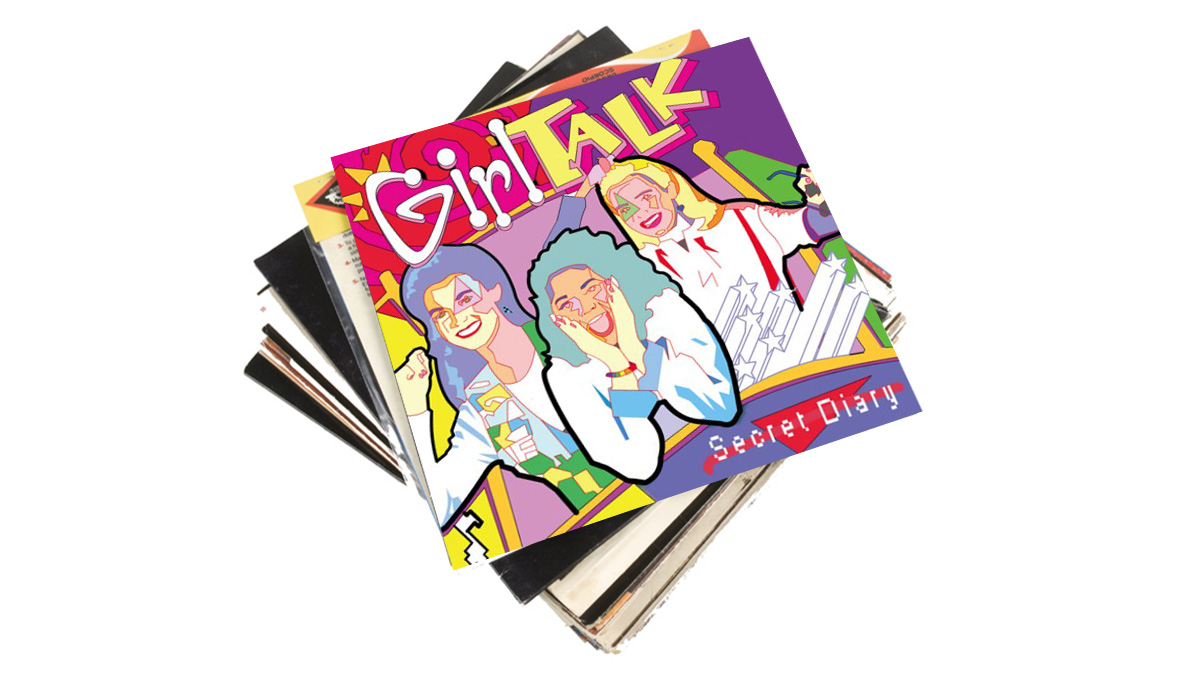
Inspired by the plunderphonics of Canadian composer John Oswald, American DJ Gregg Gillis (pseudonym Girl Talk) began experimenting with sampling at high school and released five albums of ‘mashups’ based on digital sampling.
Gillis’ mashup-style remixes often used over a dozen unauthorised samples – and his albums up to several hundred. Citing the ‘fair use’ copyright law as a means of legal protection against his sampling practices, Gillis has yet to be sued by a major record label.
It appears that his argument that the music has been transformed sufficiently enough to no longer constitute copyright infringement holds enough water to prevent the music industry spending millions on a legal challenge they could conceivably lose.
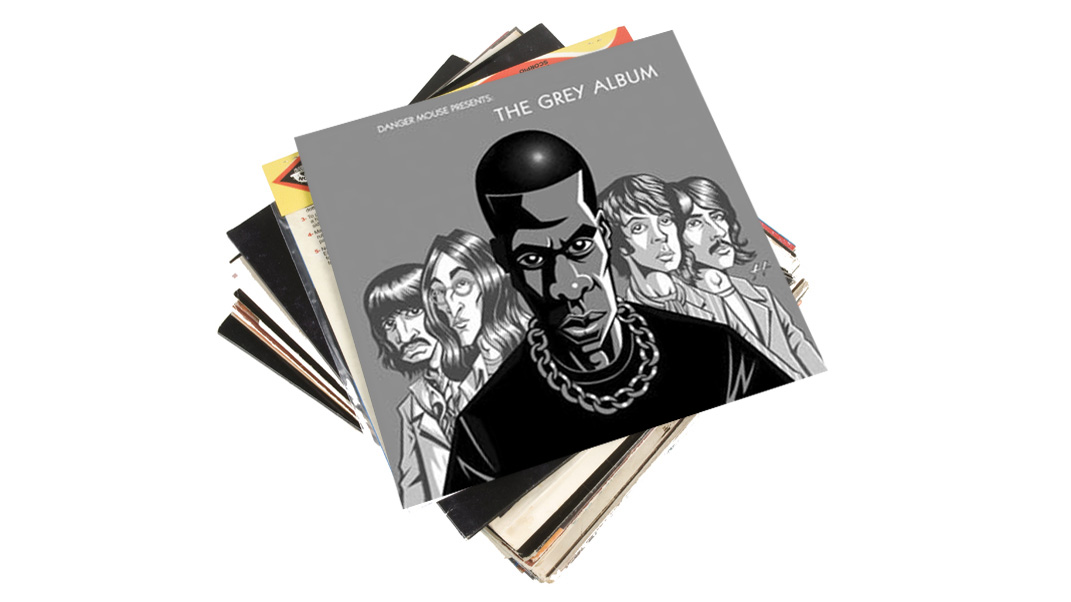
Danger Mouse
Brian Burton (aka Danger Mouse) kicked up a storm in 2004 with the release of The Grey Album, an unwitting breakthrough for sampling and DIY production.
The album, a conceptual ‘mashup’ of acapella vocals taken from Jay-Z’s The Black Album and samples from The Beatles’ The White Album, was perhaps the first to compose an entirely new album from samples sourced from a pre-existing one, blurring the lines between genres and inspiring the subsequent Internet remix/mashup culture.
Upon its release, The Grey Album was immediately handed a cease and desist order by EMI, leading to the creation of ‘Grey Tuesday’ - an online event that saw the album hosted as a free download on 170 websites for one day.
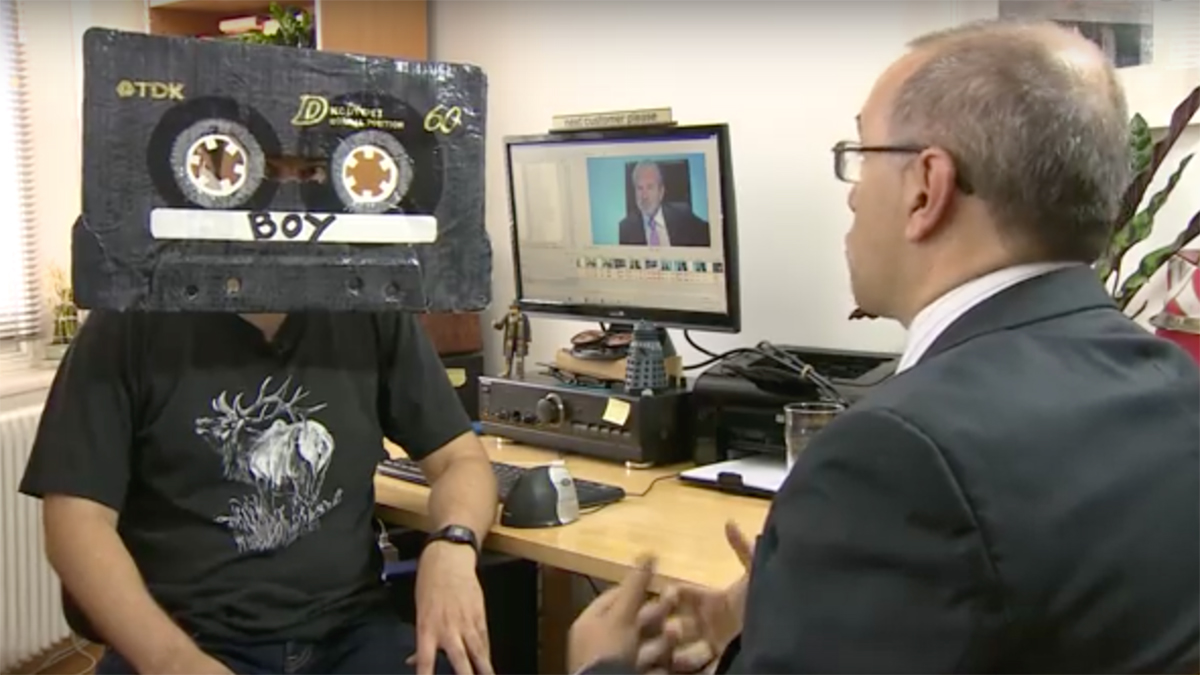
Cassetteboy
Cassetteboy is Mark Bolton and Steve Warlin, whose approach to sampling can be traced back to the origins of musique concrète and Plunderphonics.
The duo’s satirical releases are mostly constructed from video snippets taken from film, TV, radio and popular music, initially using laborious tape splicing methods before upgrading to the latest sound editing software.
Bolton and Warlin’s audio parodies have had to be given away for free to avoid stringent copyright laws. While millions have viewed their videos on YouTube, Cassetteboy didn’t earn a penny. Copyright holders were forced to file claims with YouTube directly, resulting in video ‘mashups’ disappearing for months, if not years after being posted.